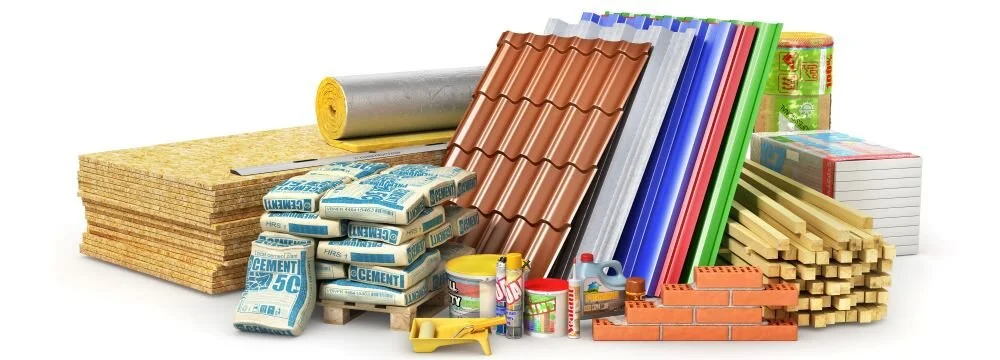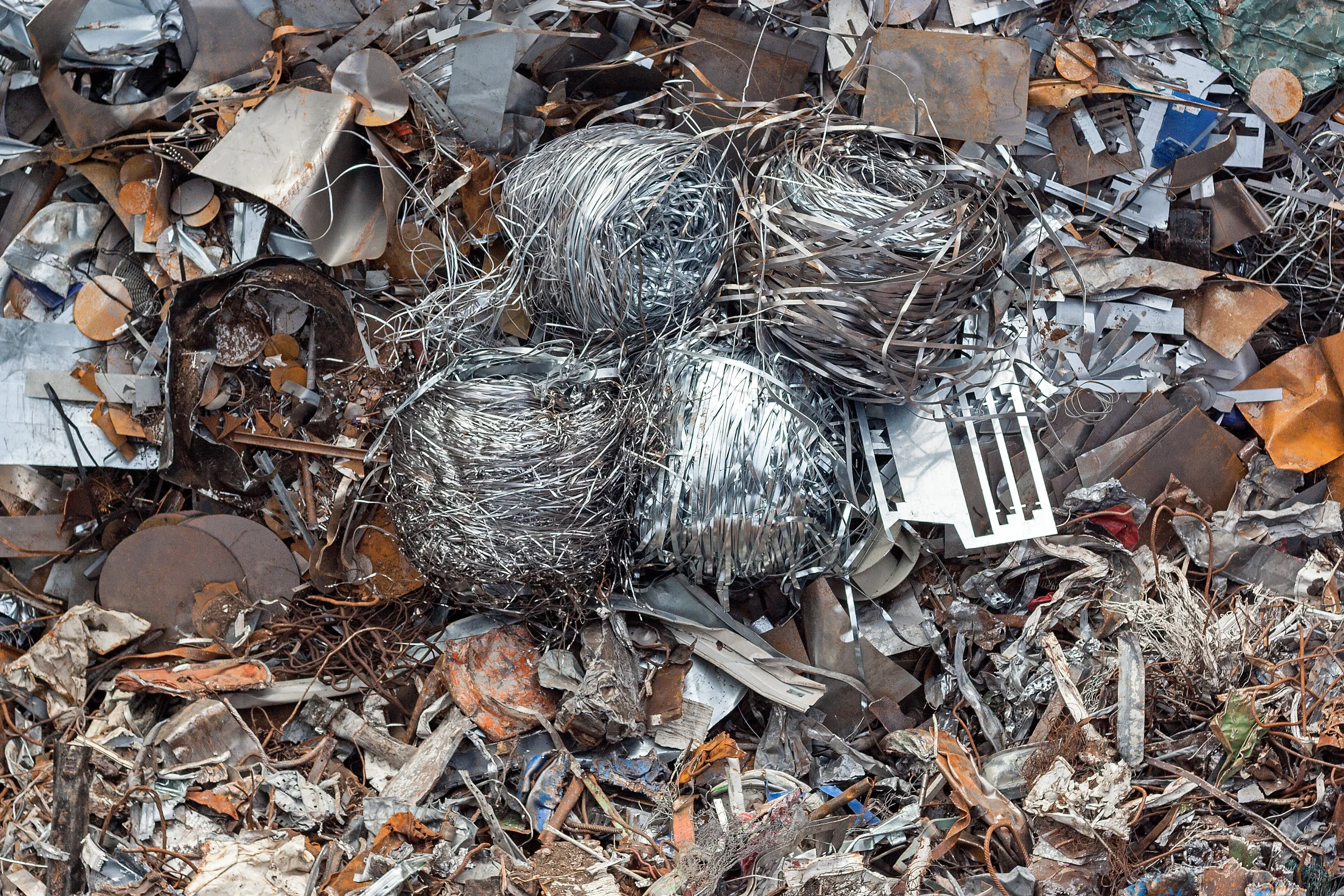
Industry News

Builder’s Risk Reporter Form Policy: The Ultimate Time Saver
Author, Kevin Howard, Account Executive, Rancho Mesa Insurance Services, Inc.
Builder’s risk policies protect construction materials while they are being stored on a jobsite or have been installed during the course of a project, prior to the completion of the work. These policies are often required by the project owners or developers and provide protection from day one up until the last speck of paint is dry when the project is completed.
Author, Kevin Howard, Account Executive, Rancho Mesa Insurance Services, Inc.
Builder’s risk policies protect construction materials while they are being stored on a jobsite or have been installed during the course of a project, prior to the completion of the work. These policies are often required by the project owners or developers and provide protection from day one up until the last speck of paint is dry when the project is completed. They are considered the glue of a general contractor’s insurance program because they can provide critical protection if there is an insurance loss that otherwise could derail an entire project.
There are two methods of purchasing builder’s risk policies.
Purchasing Individual Builder’s Risk Policies
Imagine, as a general contractor, you are eager to bid a project. You identify the need for a builder’s risk policy while reading through the prequalification documents. You then need to take steps in order to secure this policy or to make sure that the proper pricing is included in your bid. Even with a faster than average timeline, the process can take days for the actual policy to be underwritten, quoted, communicated, agreed upon, bound and then certificates issued. Add the variable of needing several policies per year and/or bidding Job Order Contracts (JOC) through local municipalities, and the workload involved can be significant.
The process of interacting with your insurance broker in order to secure a builder’s risk policy that satisfies the needs of each project, and also the vendors that require the policy, can be time consuming and involves multiple steps.
Builder’s Risk Reporter Form Policy
Another approach, often overlooked, would be to secure a “builders risk reporter form” policy that offers:
Annual blanket basis
A “pay as reported” basis
The annual blanket basis would provide coverage for any size of project you would perform, annually, and that can be written on a blanket basis for projects that have not even been open for bid. A lot of time can be saved for companies accustomed to procuring one builder’s risk policy at a time.
A “pay as reported” basis builder’s risk reporter form allows policies to be purchased as they are reported to the carrier, which is ideal for any entity who needs multiple policies or that have multiple projects going on at once. Reporter forms can be set up on monthly, quarterly or on an annual reporting basis.
Items Needed to Generate a Builder’s Risk Reporting Policy Proposal
In order setup a Builder’s Risk Reporter form, you will need the following:
A list of past projects with project name, size, type and length included (i.e. the last 10 projects is the minimum, but more info can create a more favorable response from underwriting),
An executed and signed supplemental application, and
A favorable loss history.
A builder’s risk reporter form can save a ton of time and energy. And as we know, time is the only resource we cannot gain back.
If you have questions about setting up a builder’s risk policy, contact me at (619) 438-6874 khoward@ranchomesa.com.
The Rising Risk of Metal Theft from Jobsites
Author, Kevin Howard, Account Executive, Construction Group, Rancho Mesa Insurance Services, Inc.
Metal theft is one of the fastest growing crimes in the country. Copper, aluminum, nickel, stainless steel and scrap iron have become the desired target of thieves looking to make a quick buck.
Author, Kevin Howard, Account Executive, Construction Group, Rancho Mesa Insurance Services, Inc.
Metal theft is one of the fastest growing crimes in the country. Copper, aluminum, nickel, stainless steel and scrap iron have become the desired target of thieves looking to make a quick buck.
Of particular concern is copper, which is found in gutters, flashings, downspouts, water lines and electrical wiring – all of which can be quickly stripped from vacant buildings, industrial facilities, commercial buildings and construction sites. Air conditioning units are especially attractive, and are often tampered with or stolen for their copper coils and pipes that connect to HVAC systems. The metal is then sold to recycling companies and scrap yards for a tidy profit.
Common Targets
Subcontractors who store material on jobsites overnight are a common target for metal theft. Typically, subcontractors are designated specific areas on jobsites for their product waiting to be installed. And, it remains common for this material to be stored over multiple nights. Electricians often leave copper wiring; HVAC contractors can store duct work; and, plumbing contractors may store valuable fixtures. Exposure to theft can come from employees of other trade contractors on the site, as well as professionals who monitor the job, picking the right time and place to strike.
Preventing Metal Theft
To combat theft of materials, many states and municipalities have passed laws tightening the restrictions on scrap dealers. In some instances, purchases of scrap metal are required to be held in reserve for a week or more before being resold in case they have been stolen. In other instances, states require dealers to record the seller’s name, address and driver's license.
Another approach to prevent metal theft involves reducing exposure to risk at the jobsite. Examples can include:
Installing security cameras with video recordings that are maintained for sufficient periods of time.
Securing all equipment and scrap metals in locked buildings or in properly lit areas secured by fencing.
Posting "No Trespassing" placards or signs indicating the presence of a surveillance or security system.
Removing access to buildings and roofs, such as trees, ladders, scaffolding, dumpsters and accumulated materials such as pallet piles.
Securing your building access with deadbolts on doors and window locks.
Increasing exterior lighting and protecting fixtures (such as AC units) with locked metal cages.
Protecting Contractors’ Equipment on the Jobsite
Insurance for contractors that wish to transfer risk of theft at jobsites is commonly seen with Installation Floaters and Builder’s Risk policies.
Installation Floaters cover business personal property and materials that will be installed, fabricated or erected by a contractor while away from their premises. They extend coverage to the property until the installation work is accepted by the purchaser or when the insured's interest in the installed property ceases.
Builder’s Risk policies protect insurable interest in materials, fixtures and/or equipment being used in the construction or renovation of a building. While trade contractors can be held responsible for securing a Builder’s Risk policy, it is more typical that general contractors and/or building owners carry these policies during the course of construction. As a result, these policy terms fluctuate based on the length and scope of each project.
Rely on your insurance advisor to discuss these and other exposures to risk on jobsites. In advance, consider the amount of product stored at any jobsite at one time, the amount of product that can be at risk in transit, the value of product stored offsite (i.e., storage units) and the protections in place that secure your product. These will offer your broker, and ultimately the underwriter, key information in developing the right program for coverage.
For more information, contact Rancho Mesa at (619) 937-0164.


